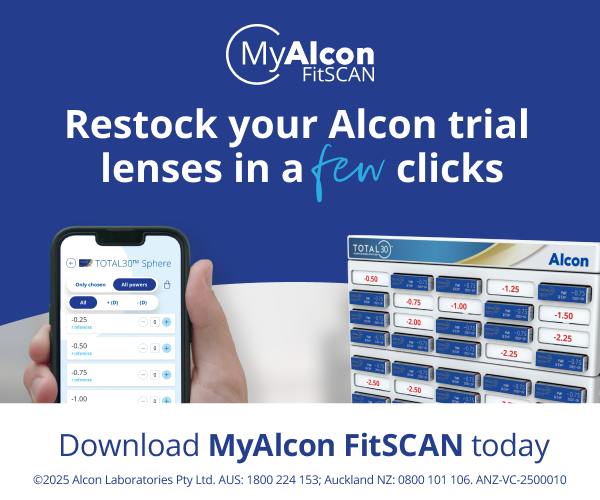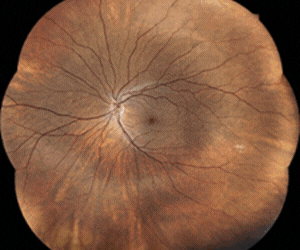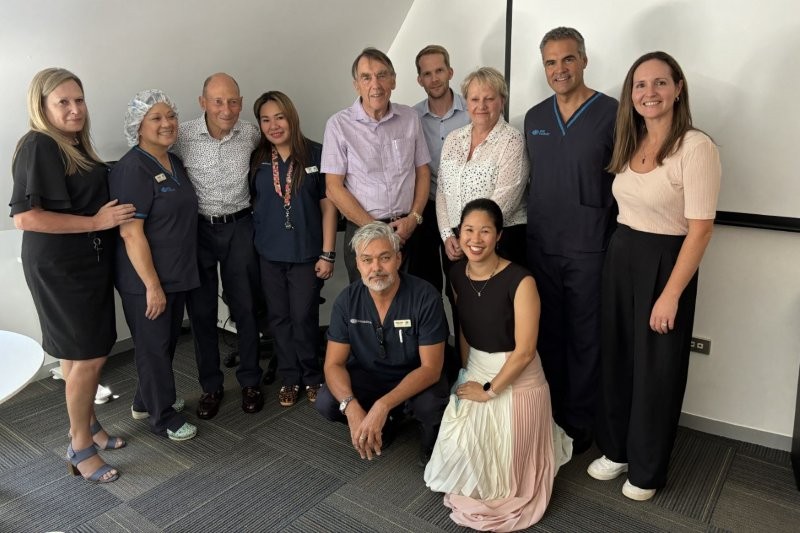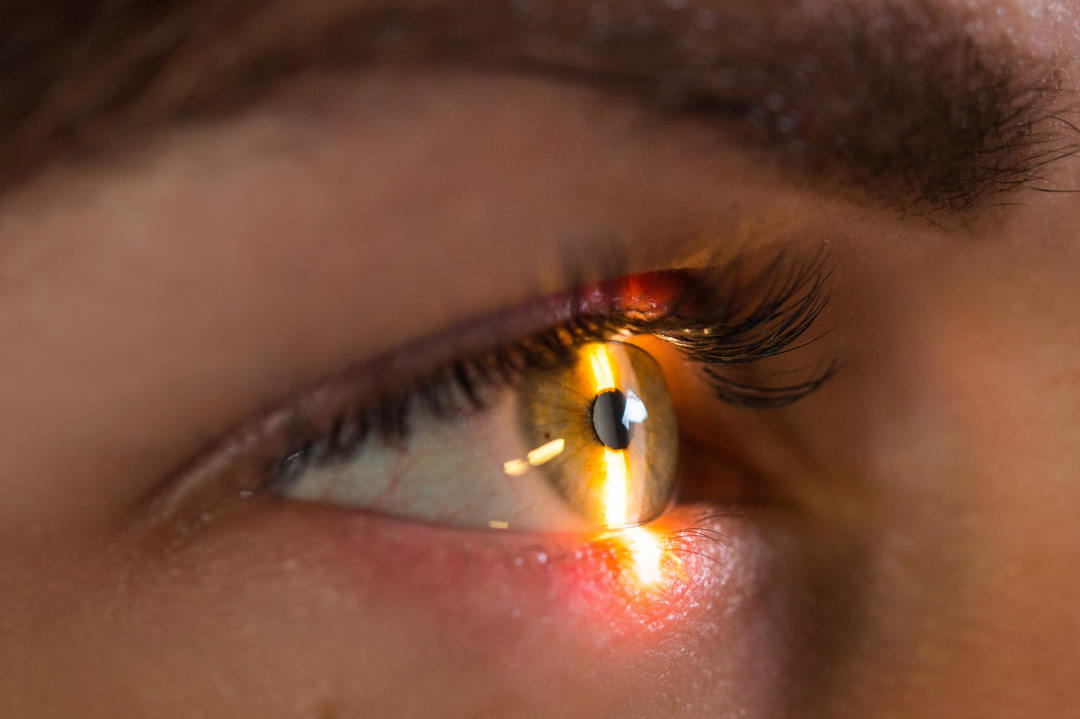New post-surgery lens for irregular-cornea patients
Designed by New Zealand optometrist and entrepreneur Paul Rose for post-surgery patients, a new contact lens for irregular corneas, the Rose K2 XL oblate, has been unveiled by Menicon.
The 14.6mm corneo-scleral lens is specifically designed for the oblate cornea to reduce the tear layer depth over the pupil zone and to align more precisely with the steep mid-peripheral zone immediately outside the oblate area, explained Rose. The design more precisely mimics the unusual corneal shape which often occurs after corneal surgery, he said. “This results in improved comfort, better tear exchange and vision than the regular XL lens design on the same cornea. Also, because the central base curve (BC) for best fit is significantly flatter than fitting the same cornea with the regular Rose K2 XL design, the required power is much less (a reduction of about 7D), which reduces the overall lens thickness.”
Rose’s seventh design for irregular corneas is aimed at approximately 10% of post-surgery patients and requires a specific Rose K2 XL oblate trial set of 14 lenses. The design follows the same five-step fitting system and a range of parameters similar to the regular Rose K2 XL design, he said.
Quite often, a full-thickness penetrating keratoplasty (PKP) will sit forward (proud) of the host tissue, generating a corneal shape that is flatter over the graft and steeper outside the graft, producing a reverse geometry graft-host junction, said Grant Watters, a special contact lens and ortho-k optometrist in Auckland. “For optimal lens fit, it is therefore preferable to have a lens design where the mid-peripheral curves immediately outside the back optic zone are steeper than the base curve, making the lens an oblate design. The same principle applies to other irregular post-surgical corneas, such as for post-radial keratotomy and post-LASIK, which are often very difficult to fit and stabilise a contact lens over.”
Over the past 18 months, Watters has fit a number of patients within his practice with the help of Rose. Patients included several with extreme proud grafts and several with distorted post-radial keratometry (RK) cases, which were all quite different geometries to each other, he said, and all of whom were struggling with existing custom lens modalities. Case DC, for example, was a 54-year-old web designer with a proud graft and an unsuccessful rigid gas permeable wearer (Fig 1). Attempts had been made to refit him with a standard (prolate) semi-scleral lens and then a hybrid, with limited success, said Watters. “But with the ability to tuck in the mid-periphery (Fig 2) over the host-graft junction with this new oblate design, we achieved a stable and much more comfortable fit – he was a very happy camper!”

Fig 1. Pentacam tomography of the right eye proud graft showing the steeper graft/host junction zone

Fig 2. Anterior OCT of the lens at the nasal graft/host junction
The 14-lens oblate trial set comes in a BC range of 7.2 (for steeper grafts) to 9.8 (for post-RK and post-LASIK) in the standard 14.6mm diameter. “The ‘standard’ oblate mid-periphery and edge design can also easily be adjusted to ‘extra lift’ or ‘less lift’ if necessary, as per the excellent fitting guide and illustrations, along with options for a toric periphery (common) and/or tuck, and slightly smaller and larger diameters,” said Watters. “Well done, Paul; it’s a goodie!”
Disclaimer: Grant Watters occasionally works as a non-paid consultant for Menicon Rose K International.



























